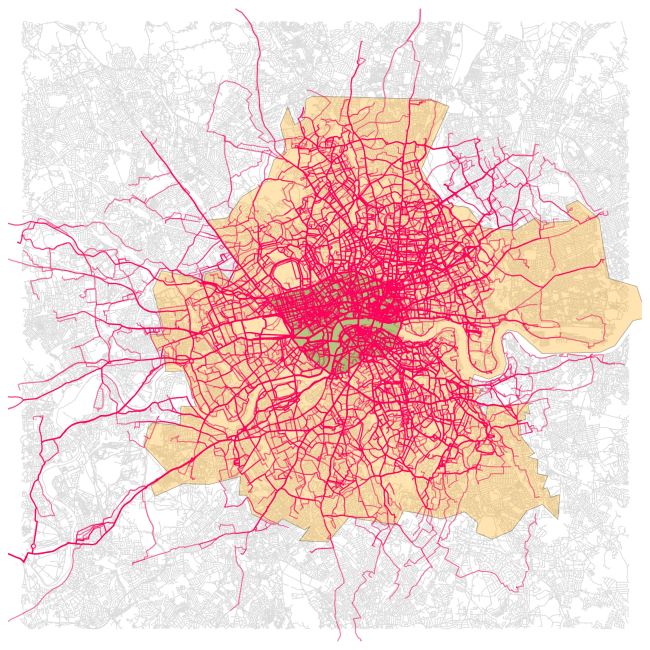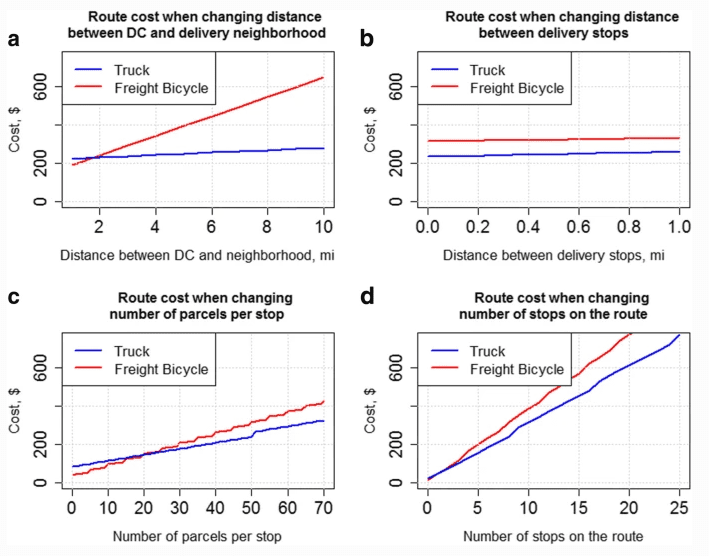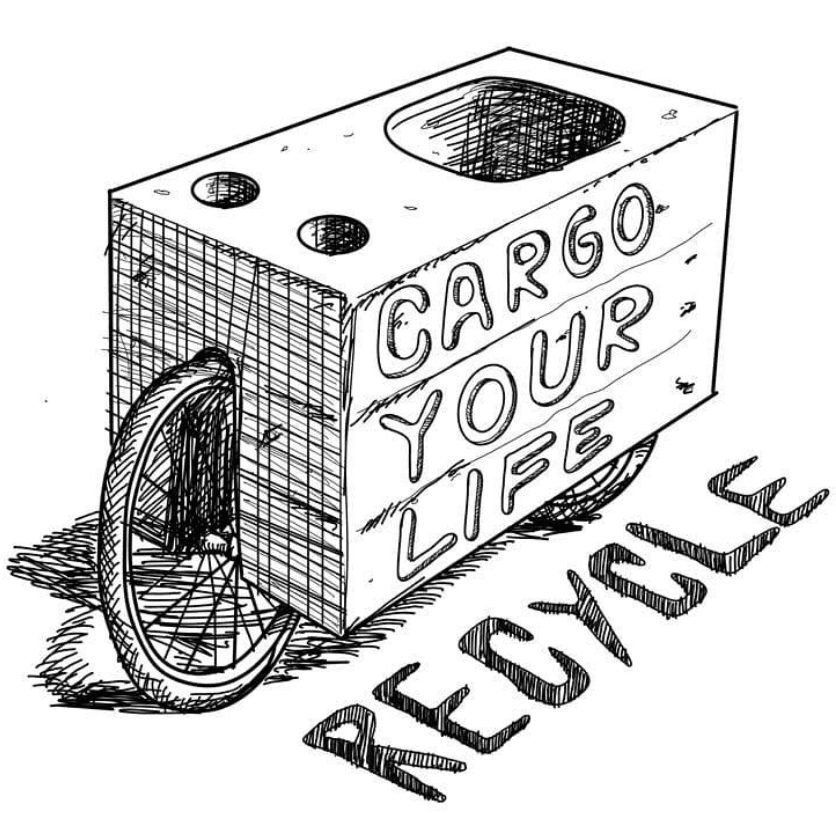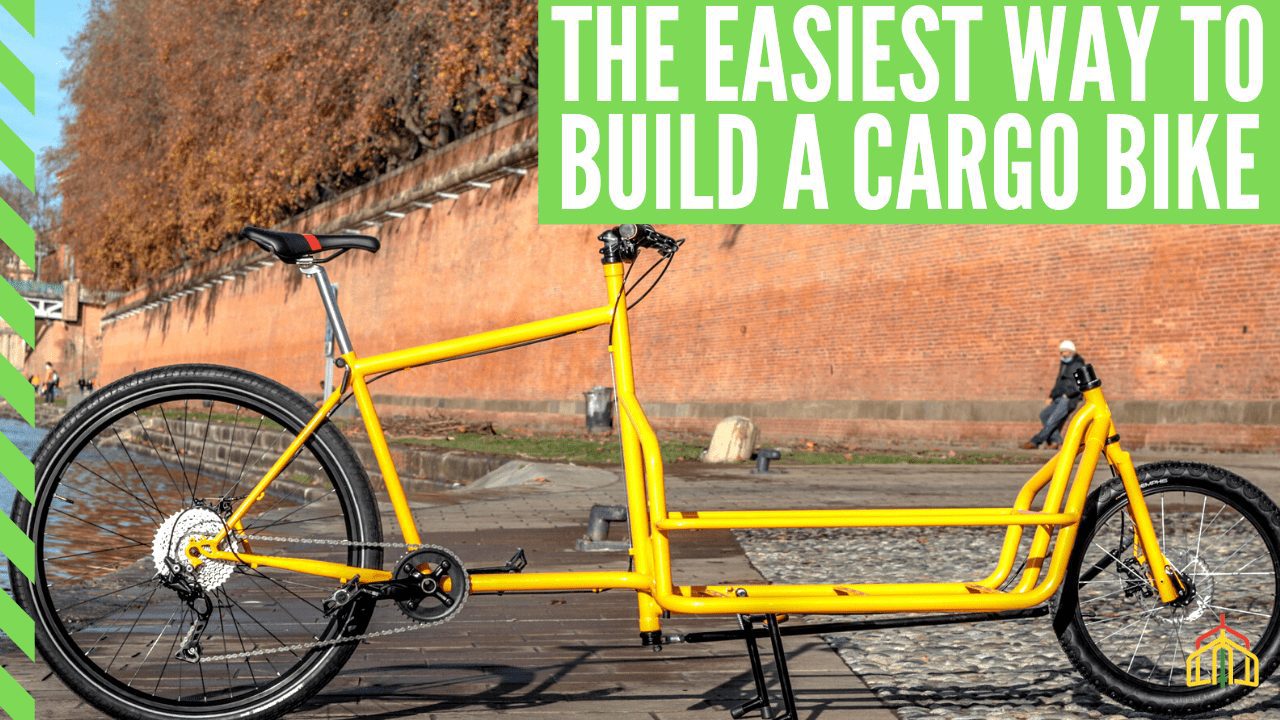
Finally, for the first time the term Cargo Bike appears in an official text of Italian law! A provision regarding incentives for the purchase of both muscular and pedal assisted cargo bikes has in fact recently been included in the 2021 Budget Law (Chamber Act 2790-bis).
The measure is aimed at micro and small companies that carry out freight transport activities which, in this way, will be able to receive 30 % tax credit for the purchase of cargo bikes (up to a maximum of 2,000 euros per year). The allocated sum is 2 million euros, which, considering an average purchase price of around €4,000 for an electric cargo bike and €2,500 for a muscle bike, translates into around 800 cargo bikes (500 if pedal assisted).< /p>
The last mile
For us who have been personally committed for 5 years in this sector it is a great success, and we are proud that the role of cargo bikes in last mile logistics is finally officially recognized. Due to the dizzying increase in online purchases, home deliveries are in fact increasingly numerous.
This situation puts a strain on historic city centres, where the unconditional entry of vans creates traffic, noise, pollution and parking problems. Furthermore, it has now been demonstrated that in the so-called “last mile” the efficiency of transport by bike is significantly higher than that of a van. So let’s analyze some of the most recent studies on the subject, based on the ever-increasing number of data collected by those who have been professionally involved in bike logistics for years.
The PedalMe studio
The data collected by the English courier PedalMe show an efficiency gap of almost + 25% in favor of transport by bike. The study was carried out in the city of London throughout the month of September 2020 by studying data from 37 cargo bikes in operation out of 10,000 deliveries, and offers a fairly clear picture.
Medium speed cargo bike
- Inner London area (orange on the map), VAN 11.4 km/h, CARGO-BIKE 16.4 km/h
- Central London area (green on the map), VAN 18.7 km/h, CARGO-BIKE 15 km/h

Total mission distance
- Analyzing data from over 10,000 deliveries, the average total distance to make deliveries was found to be 8% shorter than what would have been required with a van (best route simulation using the navigation algorithm Google OR).

The study of the European Transport Research Review
A recent study published in European Transport Research Review, based on data collected by various carriers, it also shows some additional key factors:
- The average time spent searching for a parking space, stopping and starting again for a van varies from 9 to 15 minutes
- The average cost to operate a van is around $38.5/h, compared to just $9.2/h for a cargo bike

Conclusions
The conclusion is that within a radius of 4-8 km from the center, a cargo bike moves significantly faster than a van, it is more efficient out of the total km travelled, it costs less, it doesn’t make noise, it takes less time looking for a parking space and it does not pollute.< /p>
For this reason, we believe that the approval of incentives for the purchase of cargo bikes, and investments in the cycle-logistics sector in general, are a fundamental step to take to improve the situation in our cities.
Increasing efficiency in the last mile of deliveries is not only a possibility, but an essential priority for the improvement of the logistics and transport sector and for the relief of congestion in our historic centres.


